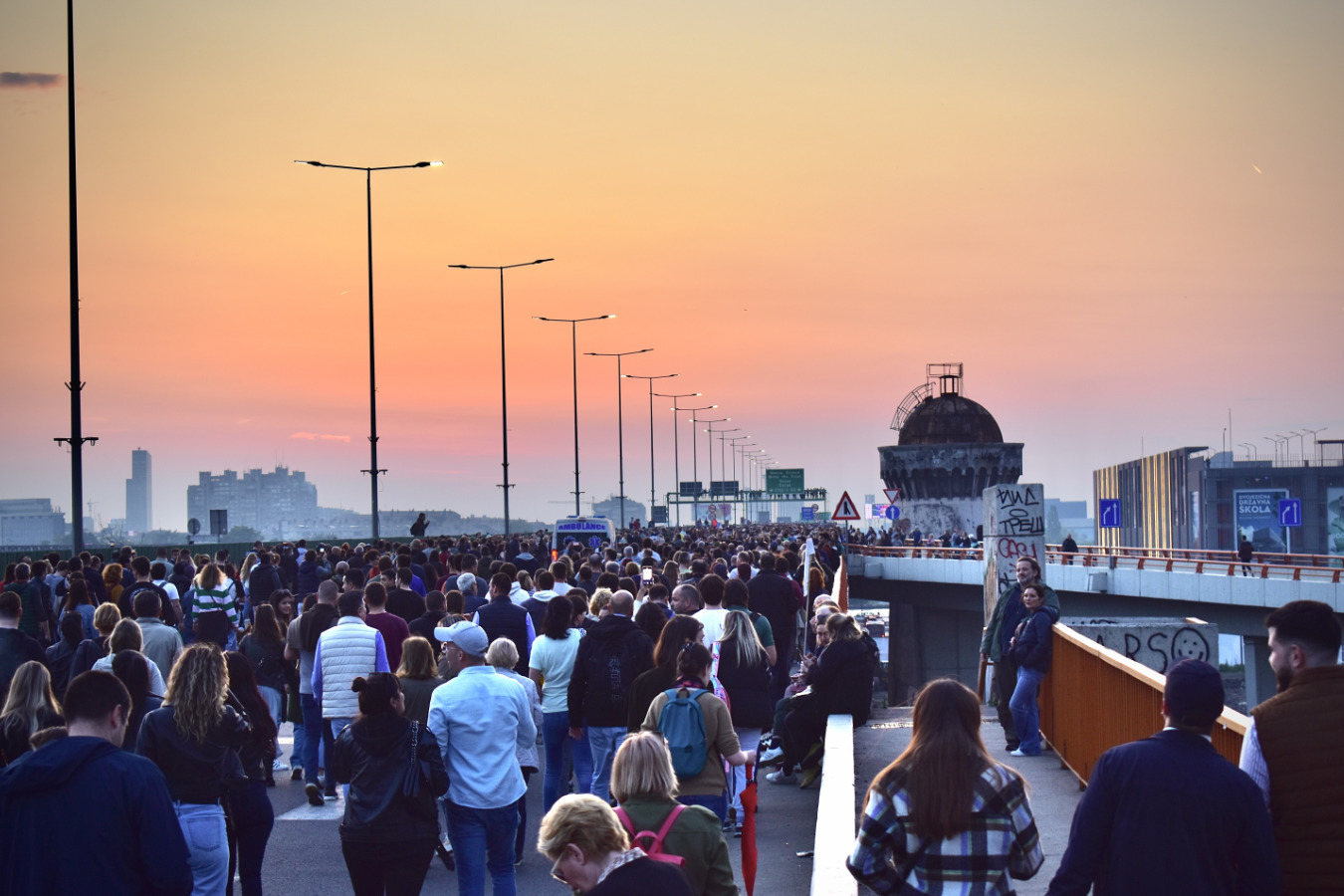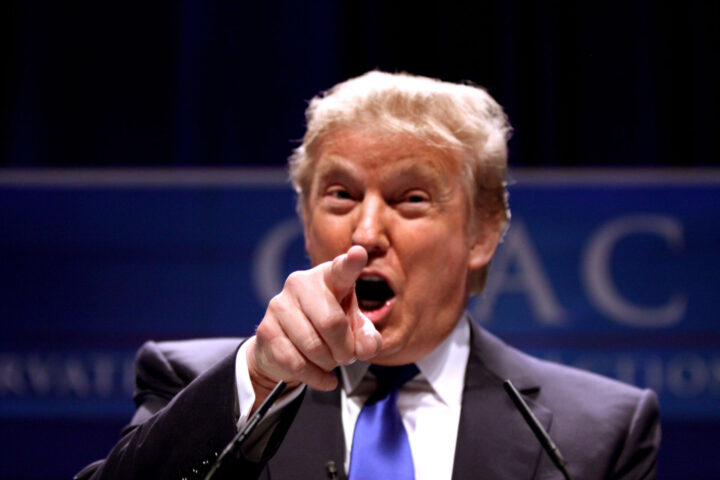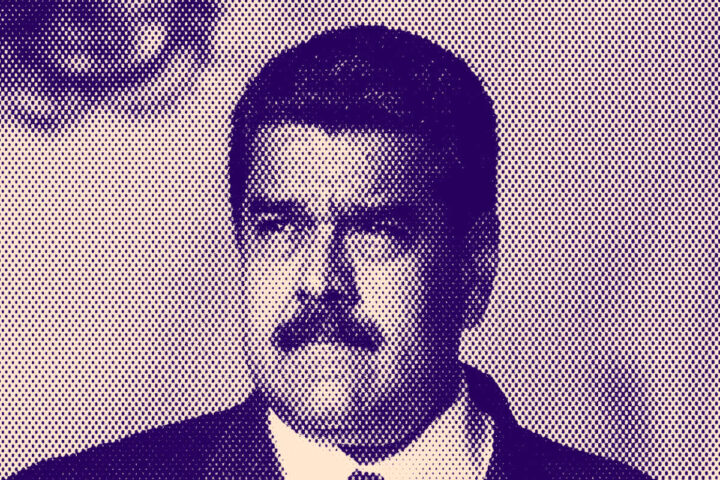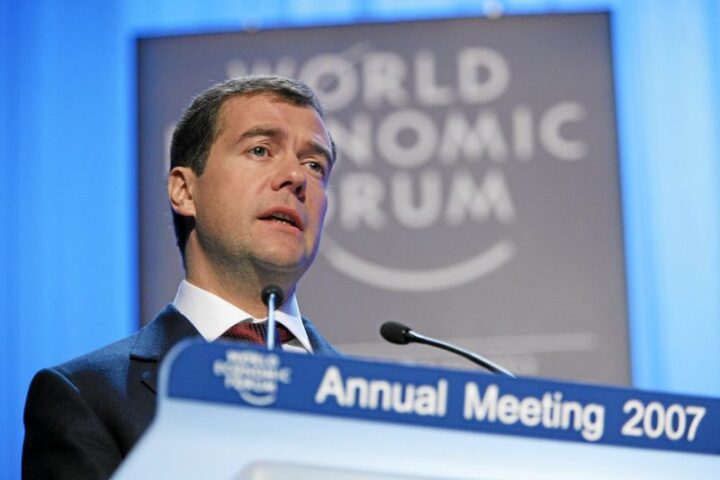Serbia at the Crossroads
Today, Serbia stands at a crossroads, potentially facing a civil conflict or on the verge of steering its politics toward a path of certain stability and growth. Over the past three weeks, the country has captured global attention as thousands of people have rallied in Belgrade, demanding the annulment of the recent parliamentary and local elections. The case has attracted worldwide attention as Serbia is one of the potential hotspots in Europe because of its strained relations with Kosovo and its posture towards Russia. Hence, any occurrence in the country always has the potential to spill over.
According to the Republic Electoral Commission (RIK), the Serbian Progressive Party (SNS) secured 46.71% of the votes in the parliamentary elections held on December 17. The center-left coalition Serbia Against Violence (SPN) came in second with 23.68%, followed by the Socialist Party of Serbia (SPS) with 6.55%.
However, the local elections in Belgrade painted a different picture, with the SNS obtaining 39.98% against the SPN’s 35.50%.
Domestic and international observers have questioned the fairness of both local and parliamentary elections, criticizing the SNS for gaining an unfair advantage due to media bias, excessive influence of President Aleksandar Vučić, and various electoral irregularities, including vote buying.
The Organization for Security and Cooperation in Europe (OSCE) noted that despite respecting “fundamental freedoms,” the day was marked by “harsh rhetoric, bias in the media, pressure on public sector employees and misuse of public resources,” highlighting “numerous procedural deficiencies.”
Although pre-election surveys forecasted a straightforward win for the SNS, the actual situation in Belgrade was different as the city has become a strong opposition stronghold, often hosting major political protests.
It should be noted that the current discontent is not only the result of the last elections but of the accumulation of political and social problems that have been affecting the country and have already been criticized by numerous international organizations.
Beyond Maidan and the Color Revolution
On this occasion, Vučić did not go off script and immediately downplayed the demonstrations, adding that the situation was under control.
“I want to reassure the citizens of Serbia: despite the dramatic scenes, there is no reason for alarm. No revolution is in progress, and they will not succeed in anything they’re doing…” he said in a televised address on December 24.
In this context, the term “Maidan” emerged in the Serbian and Russian press, mainly due to Moscow’s representative in Belgrade and the statements of the former mayor of Belgrade.
According to Alexander Botsan-Kharchenko, Moscow’s ambassador in Belgrade, the civil unrest “is part of a hybrid war.” Besides, he believes that “the anti-Belgrade forces acted almost synchronized; they operate on two fronts: the situation in Kosovo and the coup attempts here in Belgrade.”
That statement has not been strange to the Serbian authorities, who have been replicating the idea ever since without providing evidence of the alleged Western interference. Moreover, they have not addressed the internal social and political issues that led to the most recent crisis. Historically, Western meddling and Kosovo have been presented as the main issues on the pro-government media agenda, serving as convenient distractions from fundamental social issues.
In its latest report, the Helsinki Committee for Human Rights in Serbia stated that the current climate in the country “is anti-Western and the result of decades-long media propaganda and dependence on Russian support to realize the aspirations of the ‘Serbian world.'” In this regard, the document has identified in the last years key points, such as the deterioration of the political culture, the role of the Serbian Orthodox Church, the “Serbian extremist organizations with a strong foothold” in Moscow, the post-conflict justice, the media, and today’s problematics in the economy, human rights, and the judiciary.
In a more recent interview, Russian Foreign Minister Sergey Lavrov told Sputnik that “the events in Belgrade are yet another attempt to orchestrate an illegal power grab,” adding that the West is not “ready to accept the fact that voters in Serbia expressed support for President Aleksandar Vučić and his political course in the elections.”
Research-Publishing Center and media-sociology portal Demostat has noted that “due to the atmosphere in the society, there are no conditions for the direct dialogue between the state authorities and opposition.” This center has also highlighted the necessity for international mediation to overcome the deadlock, warning that without intervention, “the political crisis in the society, which has already been polarized, will continue, the divisions will deepen, and the tensions will grow.”
The Multifaceted Face of the Serbian Crisis
In addition, we must also add that the Serbian crisis is multifaceted. To an insufficient political culture is added a worrying demographic issue characterized by increasing population aging and the constant emigration of the youth. Instead of easing divisions, the government has intensified its nationalistic rhetoric over the last decades.
Researcher Srđan Mladenov Jovanović has analyzed the situation, particularly regarding Kosovo and other critical national issues, pointing out that political elites “have opted for a form of anxiety-controlling mechanism of avoidance.” This tactic results in social paralysis rather than properly resolving substantial political problems.
The war in Ukraine has increased warmongering propaganda. Additionally, the economic situation and high inflation are factors that increase social tensions. Inequality persists, school violence has intensified, and attacks on media have also been growing. The Serbian Orthodox Church, for its part, remains tied to an outdated discourse and, instead of firmly criticizing systematic violence – including abuse against women and minorities – prefers to stay on the sidelines.
The latest events in the Balkan country highlight the consequences of targeting the opposition, diminishing spaces for dissent, and concentrating political power in an elite. These actions, far from quelling unrest, only serve to fuel violence. As a result, divisions will deepen, and societal tensions will escalate until they reach a point of no return.
In this scenario, the Maidan narrative is a strategic diversion for President Vučić and his Kremlin supporters. For Vučić, it shifts focus from internal issues and governance failures. For Russia, it redirects global attention away from its war in Ukraine, aiming to depict an EU with flawed policies.





